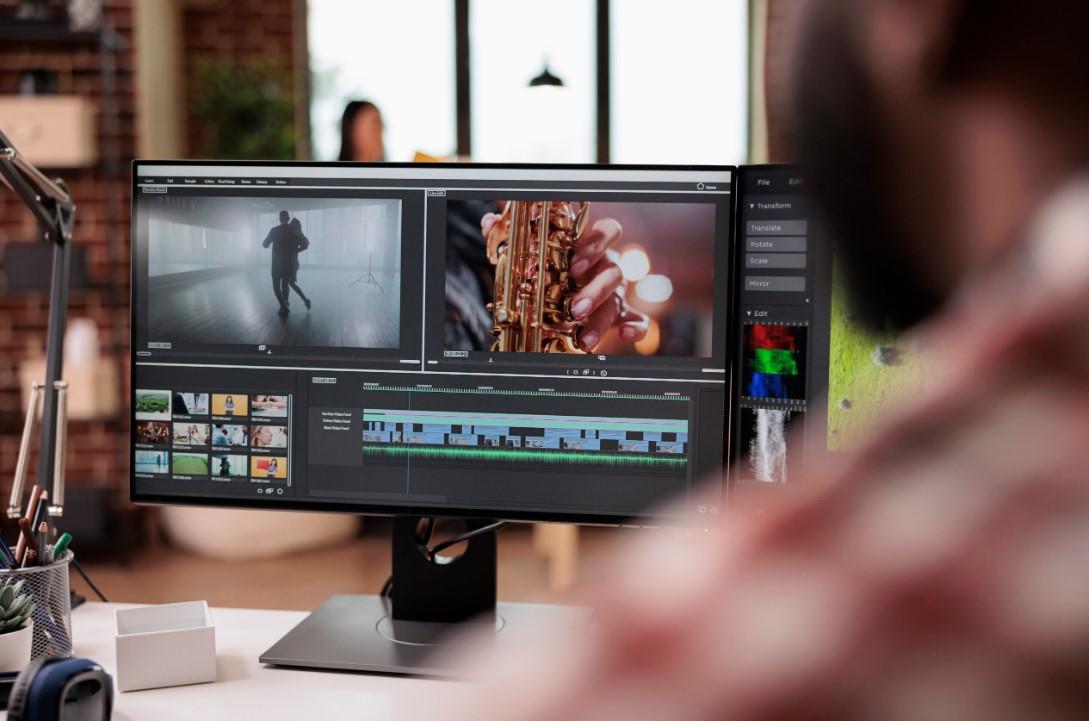
The digital age has ushered in remarkable advancements, and the realm of video editing is no exception.
As Artificial Intelligence (AI) continues to evolve, questions about its potential to replace human video editors have emerged.
This topic sparks excitement, curiosity, and a touch of apprehension among professionals and enthusiasts alike.
Let’s dive deep into this captivating subject and explore whether AI tools like Trend Rider AI will indeed take over the role of human video editors.
The Rise of AI in Video Editing

AI’s foray into video editing has been nothing short of revolutionary. With AI-powered tools, tasks that once took hours can now be completed in minutes. From automated editing and color correction to scene detection and audio enhancement, AI is transforming how videos are crafted.
For instance, platforms like Adobe Premiere Pro and Final Cut Pro have integrated AI features that assist editors in speeding up their workflow. These tools can analyze footage, suggest edits, and even create rough cuts, significantly reducing the time spent on mundane tasks.
However, it’s essential to recognize that while AI can handle technical aspects with impressive efficiency, it lacks the human touch that brings creativity and emotion into storytelling. The subtle nuances, the perfect timing of a cut, and the artistic choices that make a video truly engaging are still realms where human editors excel.
Creativity and Human Intuition
Creativity is the lifeblood of video editing. Human editors bring their unique perspectives, experiences, and emotions to the table, crafting videos that resonate with audiences on a deeper level. While AI can follow patterns and learn from data, it cannot replicate the spontaneous bursts of creativity that humans possess.
Human intuition plays a pivotal role in video editing. Editors make decisions based on the story’s flow, the intended emotional impact, and the overall vision. These choices are often instinctual, guided by an understanding of human emotions and storytelling techniques that AI cannot fully grasp.
For instance, knowing when to linger on a shot to build tension or when to cut quickly to create excitement is an art form that humans master through experience and intuition.
The Collaborative Nature of Video Editing

Video editing is rarely a solitary endeavor. It involves collaboration between directors, producers, and other creative professionals. This collaborative process is where human editors shine. They can understand and interpret feedback, communicate effectively, and incorporate suggestions in ways that align with the project’s vision.
AI, on the other hand, operates based on algorithms and pre-set rules. While it can assist in generating initial drafts and handling repetitive tasks, it lacks the ability to engage in meaningful dialogue and adapt to evolving creative directions. The human touch is irreplaceable in fostering a collaborative and dynamic editing environment.
The Role of Emotion in Storytelling
Emotion is a powerful tool in storytelling, and video editing is a crucial element in evoking emotions. Human editors excel at understanding the emotional arc of a story and using editing techniques to amplify it. Whether it’s creating suspense, joy, sadness, or excitement, human editors know how to manipulate timing, pacing, and visuals to elicit the desired emotional response.
AI can analyze data and predict patterns, but it cannot feel emotions. It can suggest edits based on previous data, but it cannot truly understand the emotional journey of a story. This fundamental difference underscores why human editors remain indispensable in creating emotionally compelling videos.














